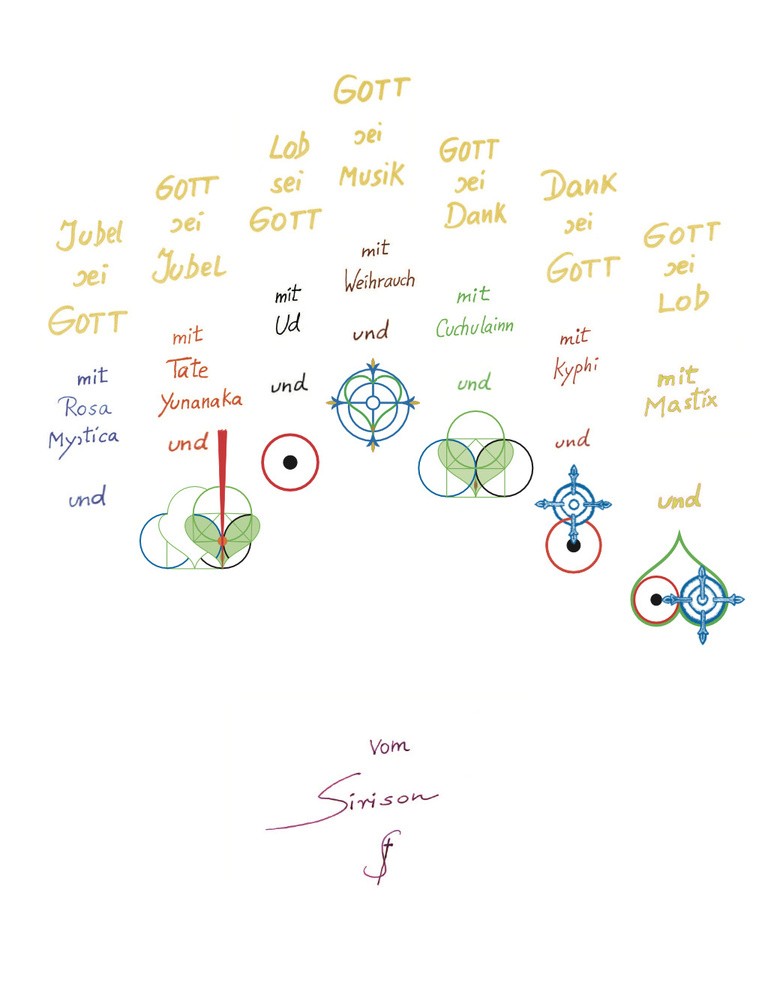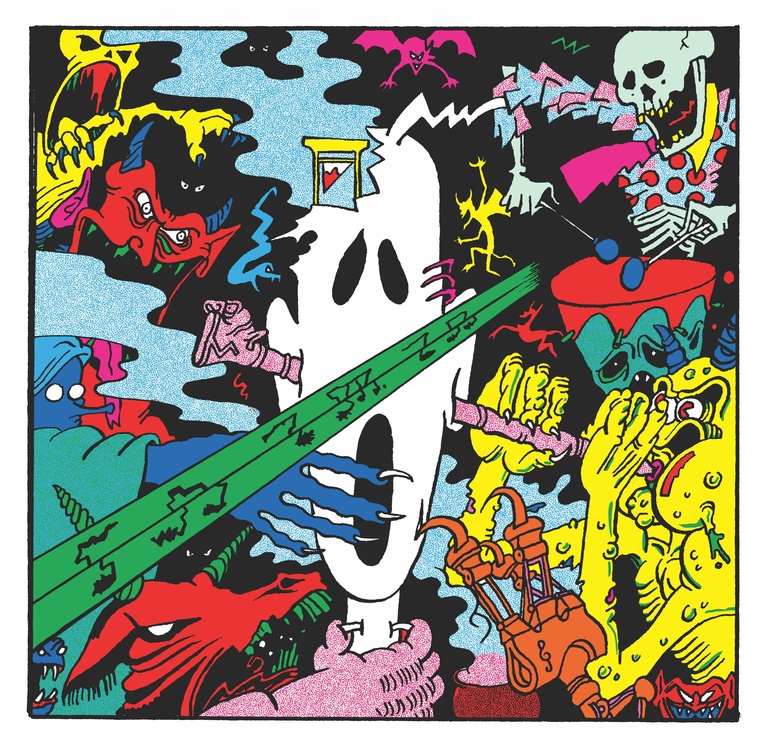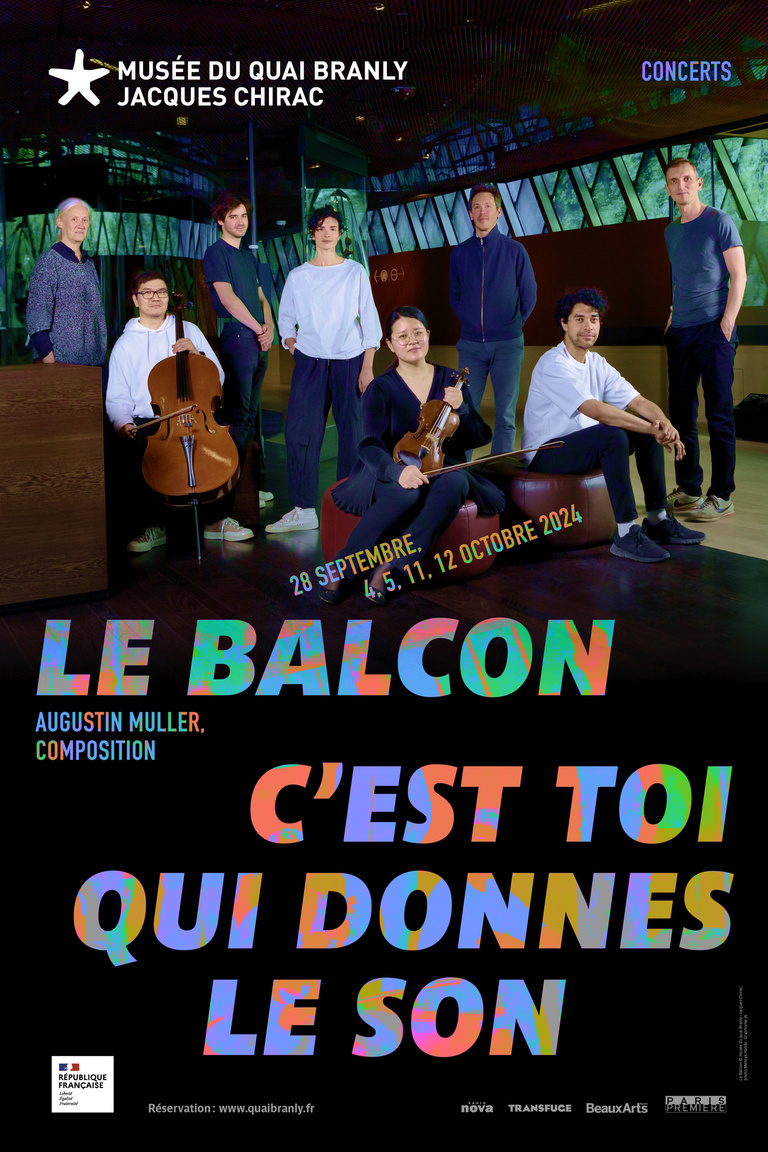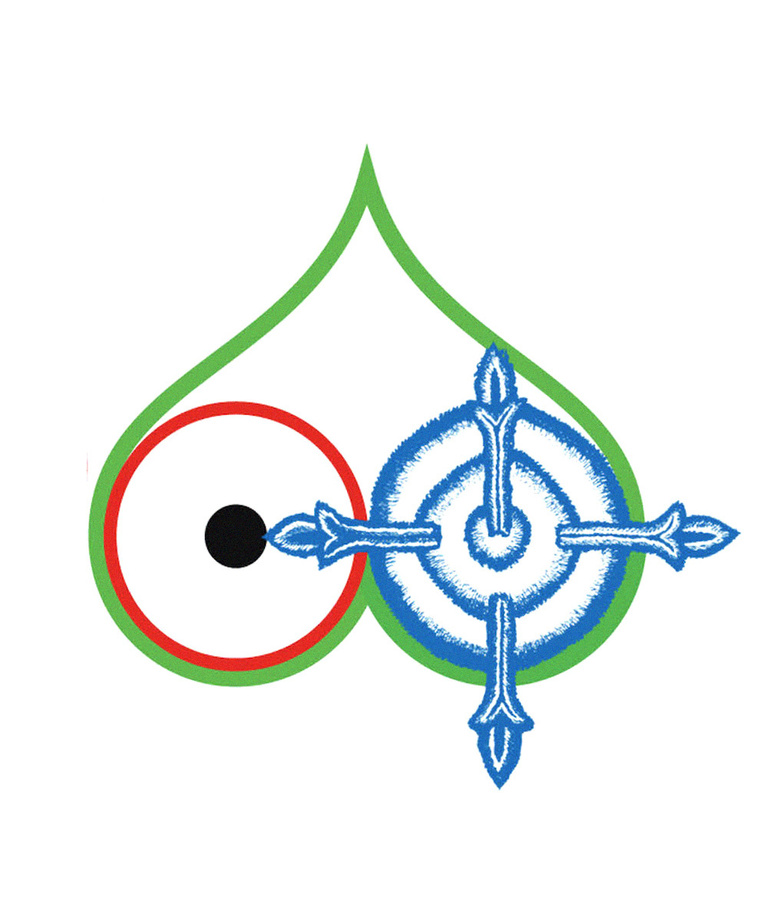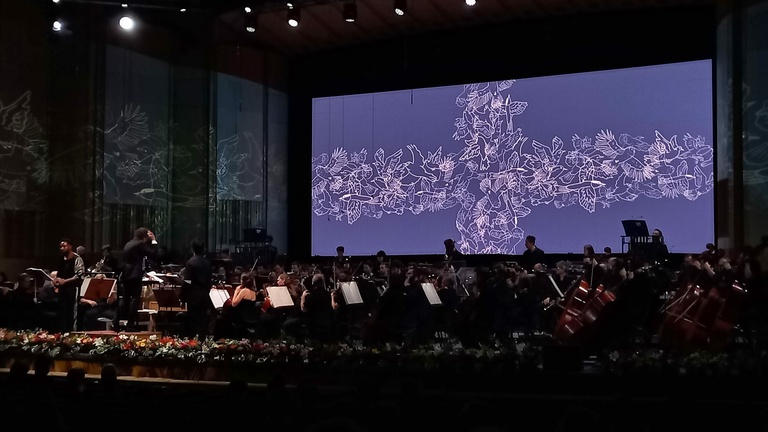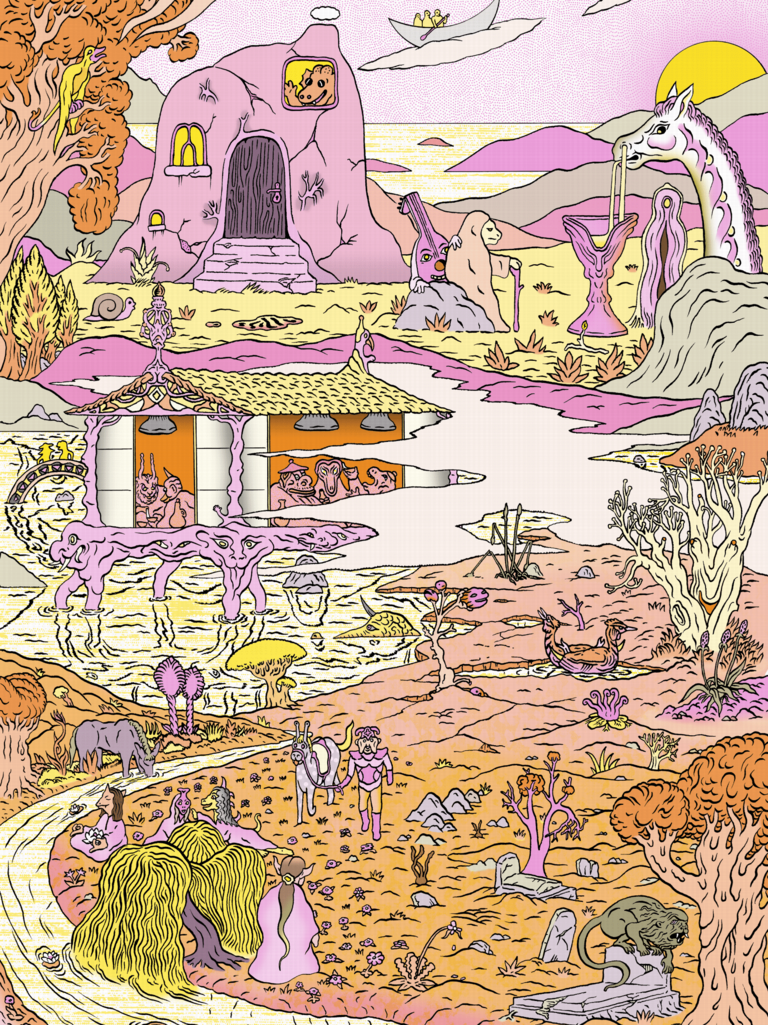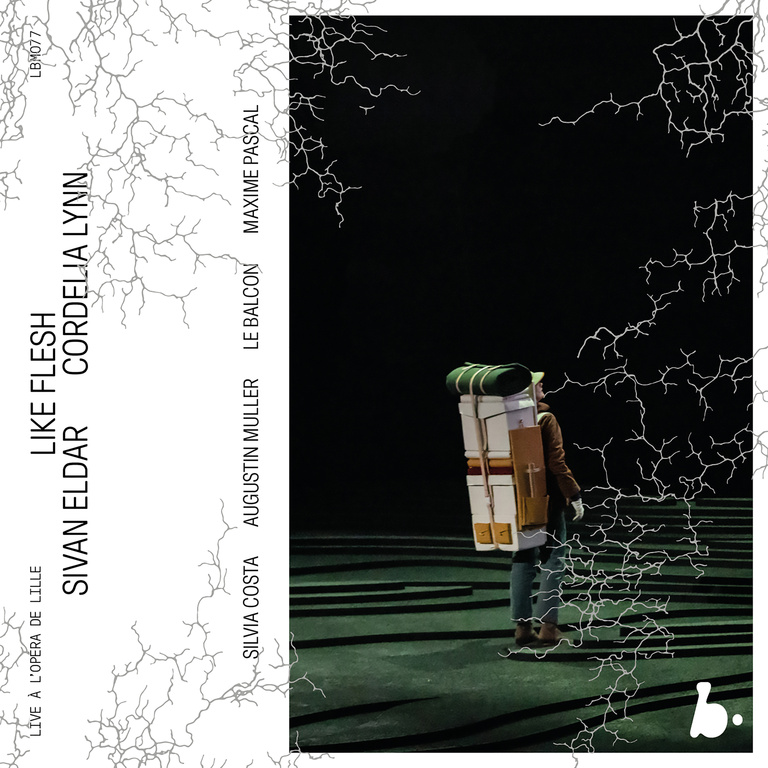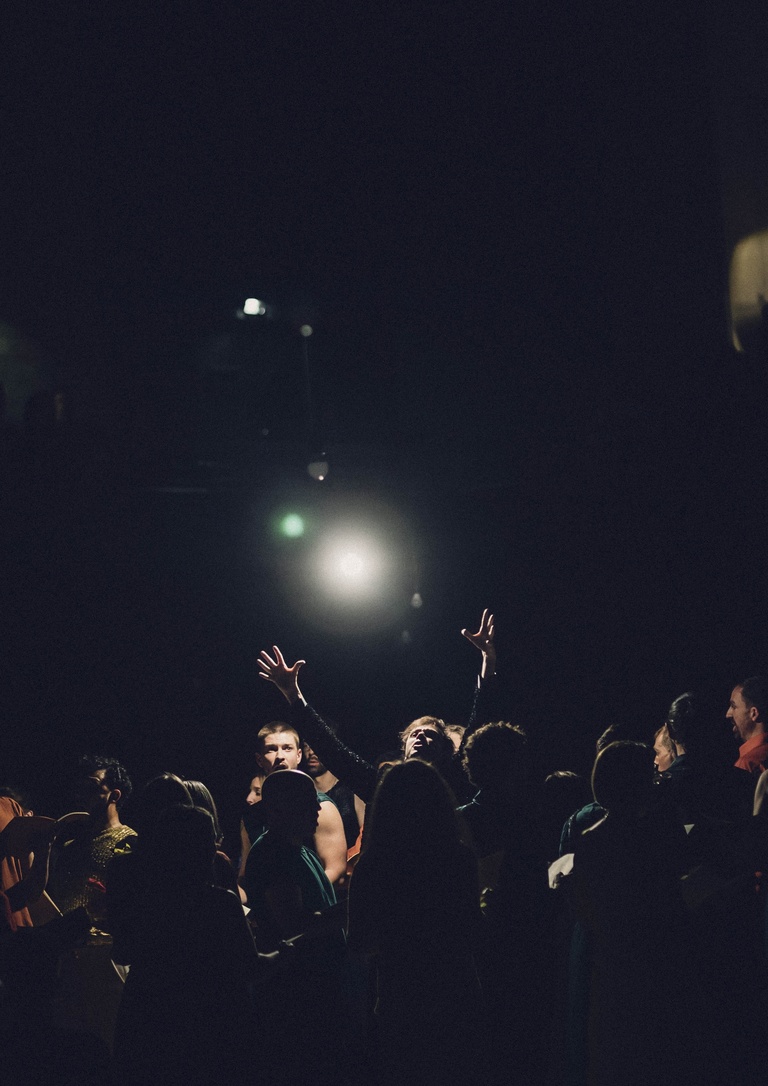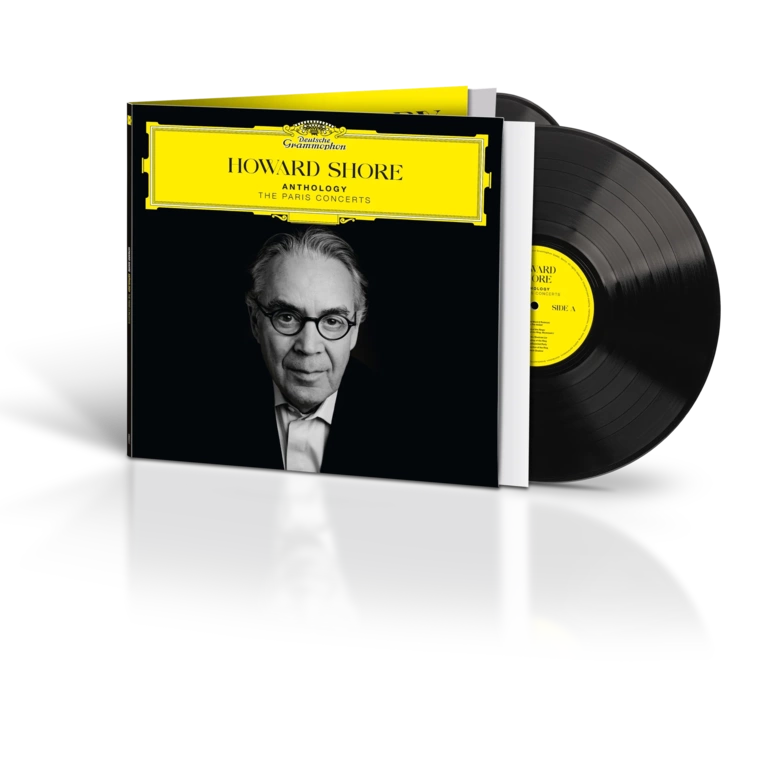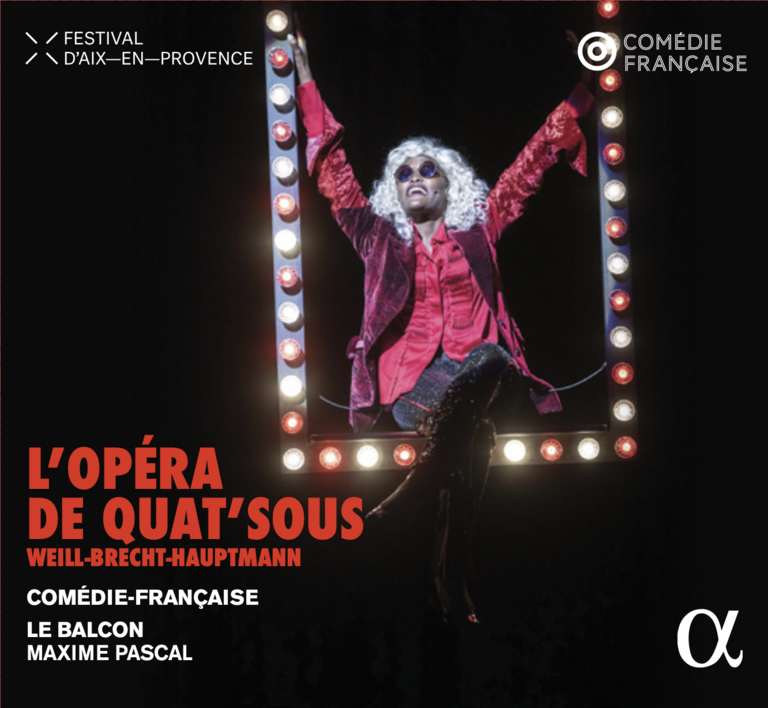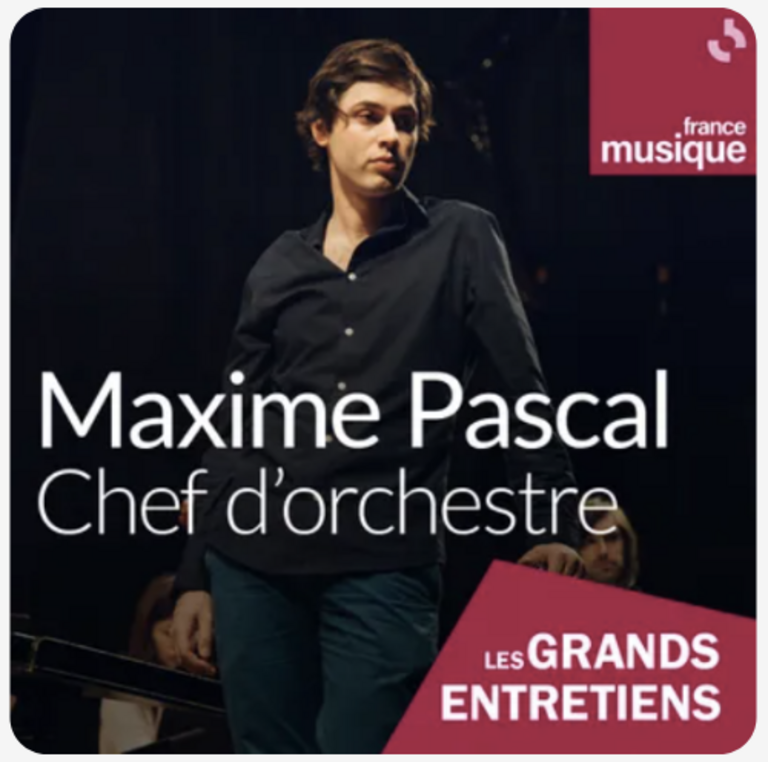Accueil
Prochains concertsProchains concertsProchains concertsProchains concertsProchains concertsProchains concerts
4 — 5 févr. 26
To Be Sung
opéra • Pascal Dusapin | Pharrell Williams
Fondation Louis Vuitton
Paris
Paris
31 janv. — 1 févr. 26
La Planète Sauvage
ciné-concert • Goraguer | Hershkovits | Louati
Philharmonie de Paris - Cité de la Musique
Paris
Paris
29 mars — 3 avr. 26
I Didn't Know Where To Put All My Tears / Curlew River
Nikodijević | Britten
Opéra national de Lorraine
Nancy
Nancy
Le Balcon tire son nom de la pièce de Jean Genet (Le Balcon, 1956), situant son engagement artistique à l’endroit du récit, de la parole et de la représentation.
À la uneÀ la uneÀ la uneÀ la uneÀ la uneÀ la une
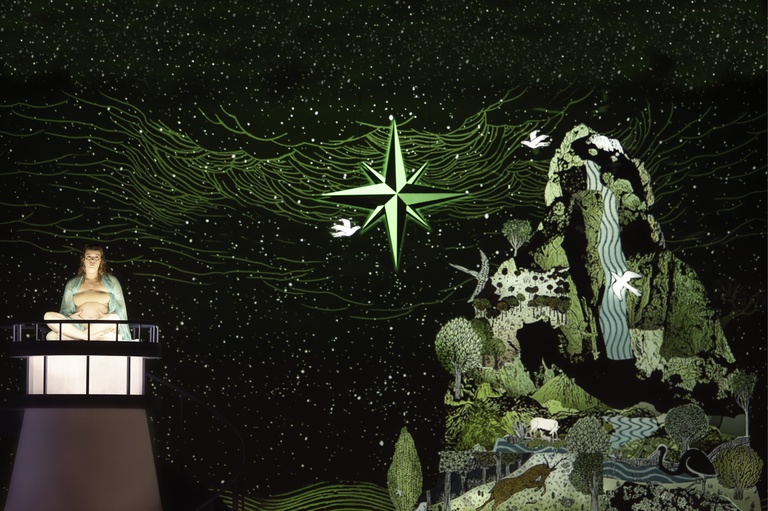
Montag aus Licht
Opéra de Karlheinz Stockhausen
Sixième "Journée" de notre intégrale Licht
Le 29 novembre 2025 à la Philharmonie de Paris
Photo © Hervé Escario
ActualitésActualitésActualitésActualitésActualitésActualités
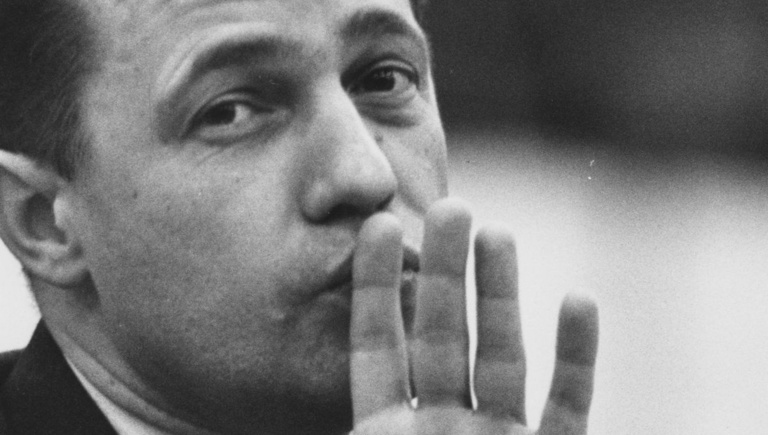
Hommage à Pierre Boulez
Le 19 août, Le Balcon s'est rendu au Festival de Salzbourg pour un concert-hommage à Pierre Boulez. Explosante-Fixe et Sur Incises y ont dialogué avec des pièces de Karlheinz Stockhausen et Luigi Nono.
ProductionsProductionsProductionsProductionsProductionsProductions
